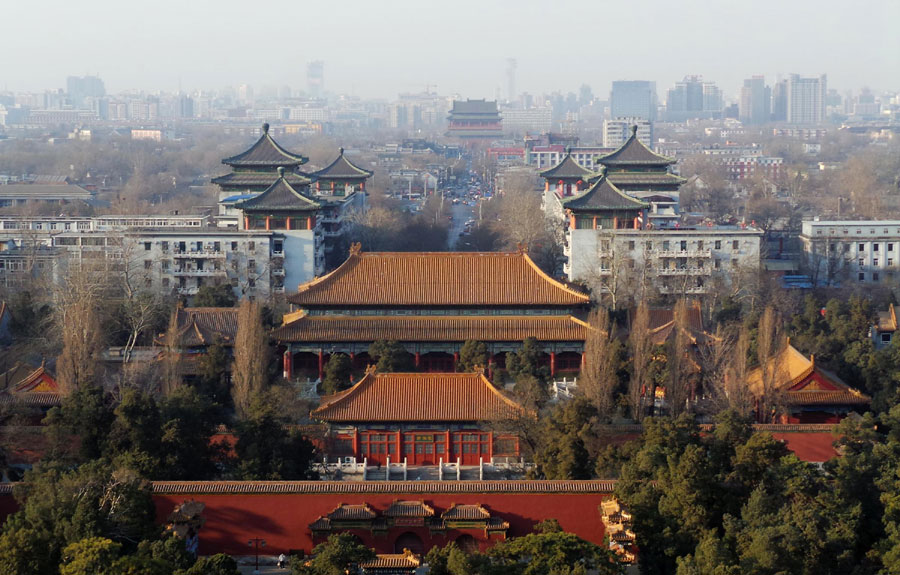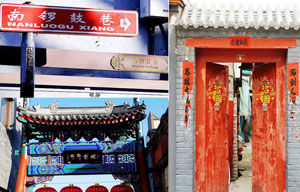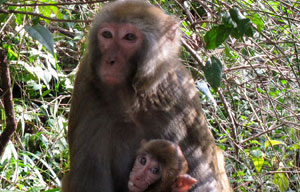 |
|
Photo taken on March 11 from the hilltop of Jing Hill Park shows a bird's eye view of Gulou Avenue, which is to the north of Beijing's central axis. [Photo/Xinhua]
|
Starting this year, Beijing’s Dongcheng district will integrate and upgrade its tourism resources within the city’s central north-south axis area, aiming to build a Qianmen folk culture commercial district, a traditional Royal City sightseeing area along with a Royal Life district. The plan also includes improving the area’s public service system, which covers the environment, transportation, consultancy, relaxing facilities and other services. Beijing’s central axis extends from Yongdingmen in the south, and stretches northward to Zhengyangmen, Damingmen (known as Daqingmen during the Qing Dynasty, Zhonghuamen during the Minguo period, and later dismantled), Tiananmen, Wumen, Taihemen, Taihe Palace, Zhonghe Palace, Baohe Palace, Qianqingmen, Qianqing Palace, Kunning Palace, Shenwumen, Beishangmen, Wanchun Pavilion of Jing Hill, Shouhuang Palace, Dianmen, and ends at the Bell and Drum Towers. The central axis runs 7.8 miles in total and covers the Outer City, the Inner City, the Royal City and the Forbidden City. With the axis as the central line, Beijing is structured symmetrically like a chessboard.
Related Stories:
Forbidden City comes alive
Books introduce Forbidden City to children
E China museum features Forbidden City palaces
Foreign tourists visit Temple of Heaven in Beijing
Palace Museum moves forward on improvements


 'Taken 2' grabs movie box office crown
'Taken 2' grabs movie box office crown
 Rihanna's 'Diamonds' tops UK pop chart
Rihanna's 'Diamonds' tops UK pop chart
 Fans get look at vintage Rolling Stones
Fans get look at vintage Rolling Stones
 Celebrities attend Power of Women event
Celebrities attend Power of Women event
 Ang Lee breaks 'every rule' to make unlikely new Life of Pi film
Ang Lee breaks 'every rule' to make unlikely new Life of Pi film
 Rihanna almost thrown out of nightclub
Rihanna almost thrown out of nightclub
 'Dark Knight' wins weekend box office
'Dark Knight' wins weekend box office
 'Total Recall' stars gather in Beverly Hills
'Total Recall' stars gather in Beverly Hills
















